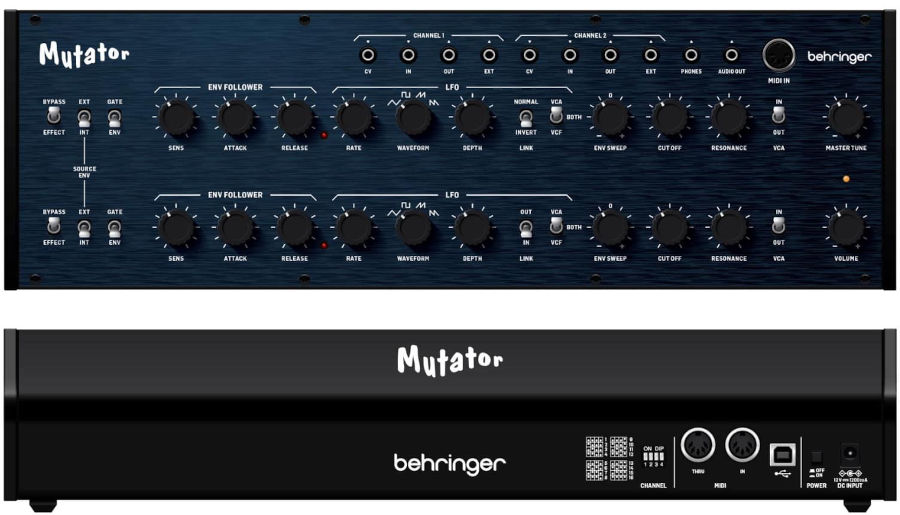
Intel Confirms Elimination of Hyper-Threading in Lunar Lake Processors at Computex 2024
Strategic Optimization of Performance and Efficiency in Next-Generation CPUs
NEWS Computer June 4, 2024 Reading time: 3 Minute(s)
Intel officially launched its Lunar Lake processors at Computex 2024, confirming earlier speculations that the company would eliminate hyper-threading (HT) from this new generation. This move, initially hinted at by a leaked Task Manager screenshot in February, marks a significant shift in Intel’s architectural approach.
Performance Hybrid Architecture and its Evolution
Intel's Performance Hybrid architecture, introduced with the 12th Gen Alder Lake processors, combined Performance cores (P-cores) with Efficiency cores (E-cores) to balance heavy and light workloads. Despite this innovation and the addition of Thread Director technology, Intel identified areas for improvement.

The OS scheduler typically prioritized physical cores over hyper-threads, leading to inefficiencies in task management.
With the Lunar Lake processors, Intel has opted for optimized P-cores without hyper-threading, reporting substantial gains in single-threaded performance and efficiency. The company asserts that hyper-threading is more suitable for scenarios requiring extensive multi-threading capabilities. This decision aligns with Intel's broader strategy to streamline the Lunar Lake architecture by eliminating elements that do not enhance performance or power efficiency.

Detailed Architectural Enhancements in Lunar Lake
Lunar Lake processors feature several significant architectural enhancements. The new L0 D cache (level 0 data cache) is a notable addition. The Lion Cove P-cores now include 2.5MB of L2 cache per core and up to 12MB of shared L3 cache. The Skymont E-cores are equipped with 4MB of shared L2 cache.
These cores are organized into clusters of four P-cores and four E-cores, forming an 8-core hybrid design known as a Lunar Lake compute tile. This design also incorporates up to 32GB of on-package memory, facilitating faster data access and reduced latency.

Advancements in Task Scheduling: Intel Thread Director
Intel has significantly upgraded its Intel Thread Director (ITD) technology for Lunar Lake. Unlike previous generations, ITD now prioritizes scheduling tasks to the E-cores first, provided they can handle the workload. This approach also applies to multi-threaded workloads. According to Intel, this method has resulted in a 35% reduction in power consumption for applications like Microsoft Teams.
Microsoft's Tapan Ansel, Senior Software Engineer, Windows Core OS, and Bret Barkelew, Principal Software Engineering Lead (Energy Efficiency), Windows Core OS, commented:
"With Intel Thread Director technology, which identifies the most power-efficient CPUs on Lunar Lake platforms, the Windows OS can create a ‘containment zone’ to constrain work to only those CPUs and keep the other performant CPUs parked/idle for use only when needed. This delivers significant power savings for Teams Video Conferencing scenarios that fit well within the containment zone on Lunar Lake."
Performance Improvements and AI Integration
The Lunar Lake processors also boast a 14% improvement in instructions per cycle (IPC) for Lion Cove P-cores compared to the previous Meteor Lake P-cores (Redwood Cove). On the efficiency front, Skymont E-cores demonstrate a 68% performance increase over the LP E-cores in Meteor Lake, particularly excelling in floating-point operations.

Additionally, Intel has introduced the NPU 4 (Neural Processing Unit) in Lunar Lake, delivering significant advancements in AI processing. The NPU 4 achieves 48 peak TOPS (trillion operations per second), surpassing the 40 TOPS required for Copilot+ PCs and closely matching AMD's 50 TOPS with the new Ryzen AI 300 series. Intel claims a total platform performance of 120 TOPS (CPU + GPU + NPU), compared to AMD's 80 TOPS.
This substantial boost in AI processing power translates to considerable improvements in applications like Stable Diffusion, offering better power efficiency. Other notable features of Lunar Lake include support for Bluetooth 5.4, Wi-Fi 7, and more.
Intel's decision to eliminate hyper-threading in its Lunar Lake processors reflects a strategic focus on optimizing performance and efficiency. The architectural enhancements and improved task scheduling mechanisms underline Intel's commitment to advancing CPU technology and meeting the evolving demands of modern computing.
IMAGES CREDITS: INTEL
Intel Lunar Lake HyperThreading Computex 2024 CPU Performance Hybrid Lion Cove Skymont Technology News RSMax
*Our pages may contain affiliate links. If you buy something via one of our affiliate links, Review Space may earn a commission. Thanks for your support!
CATEGORIES

























COMMENTS